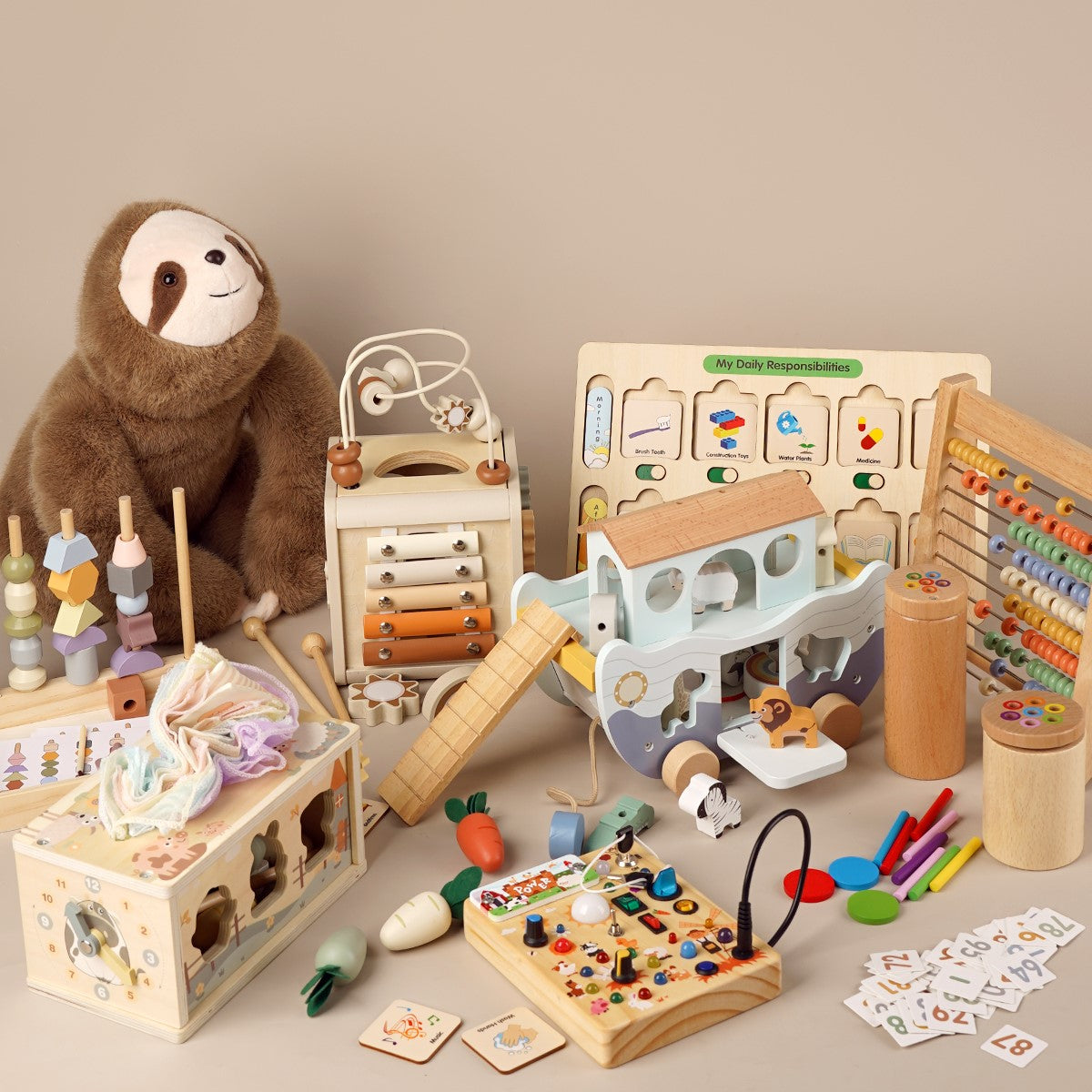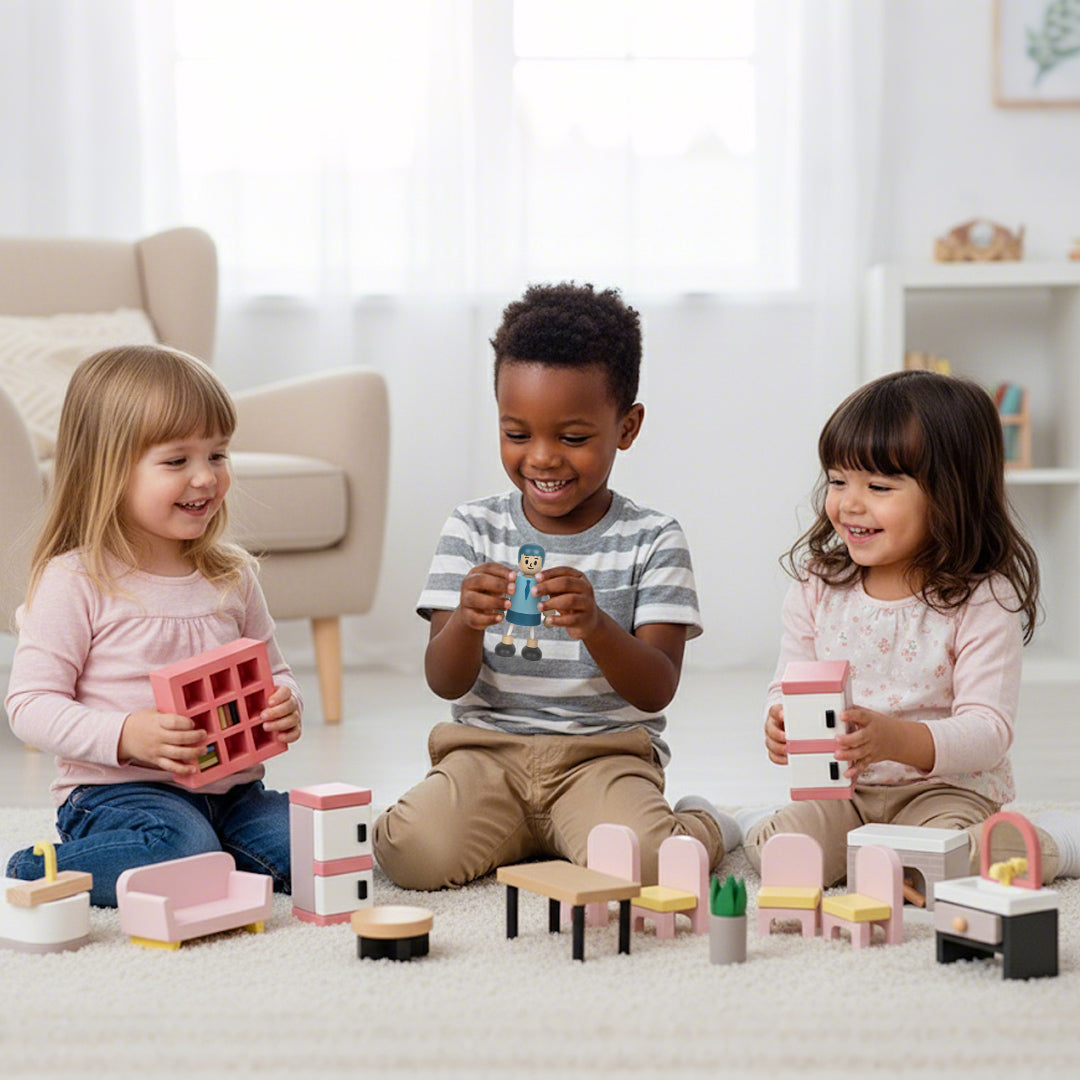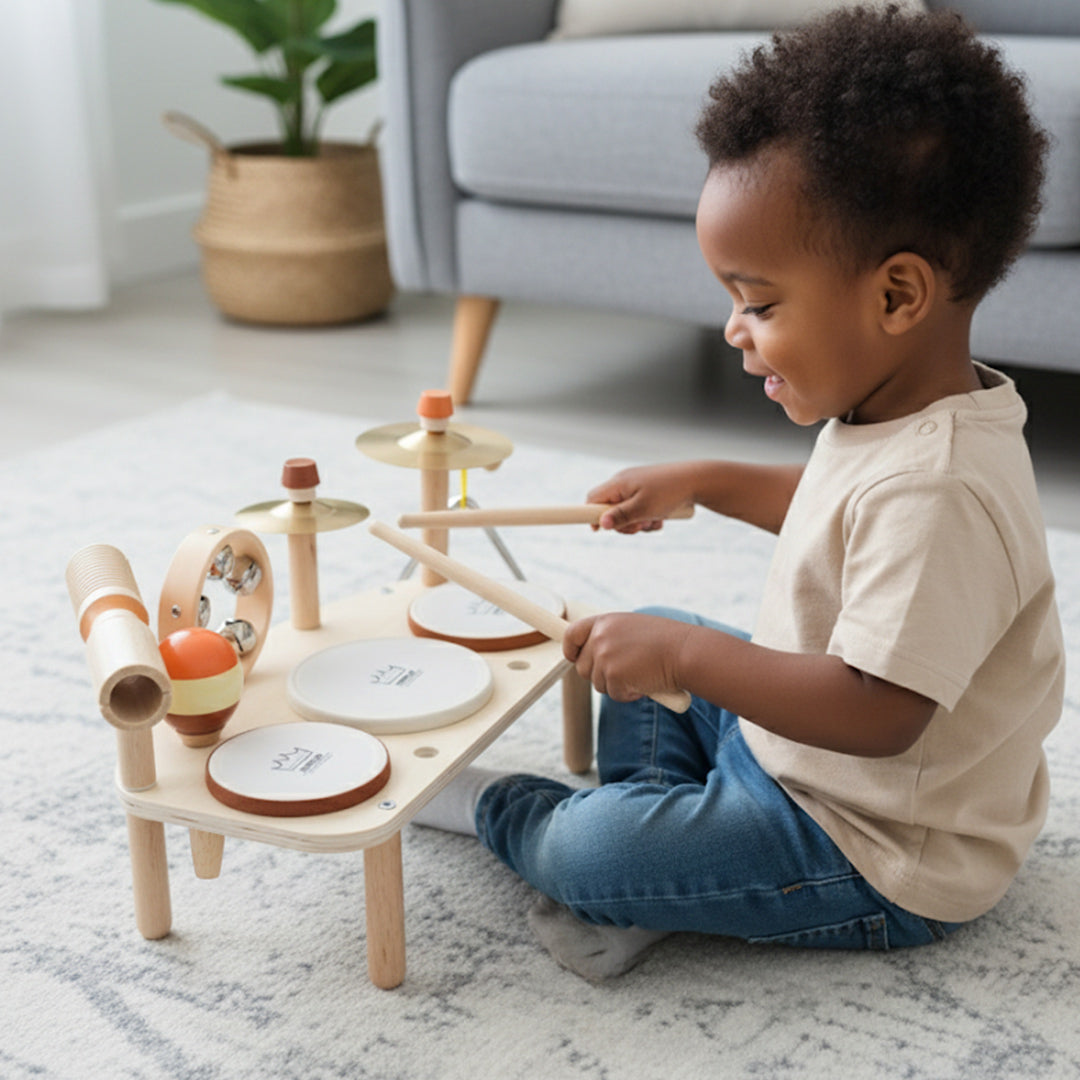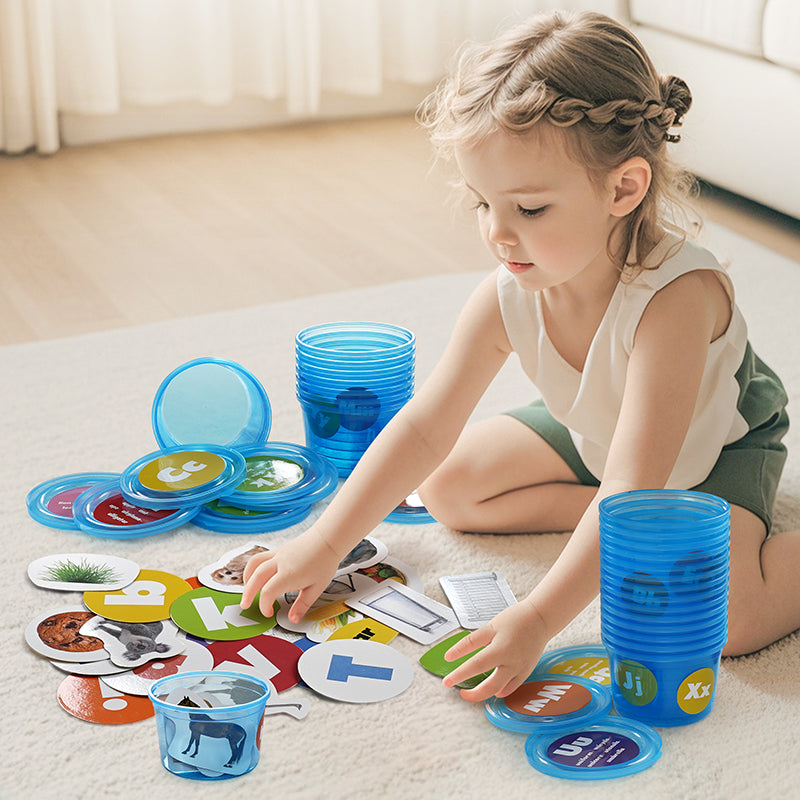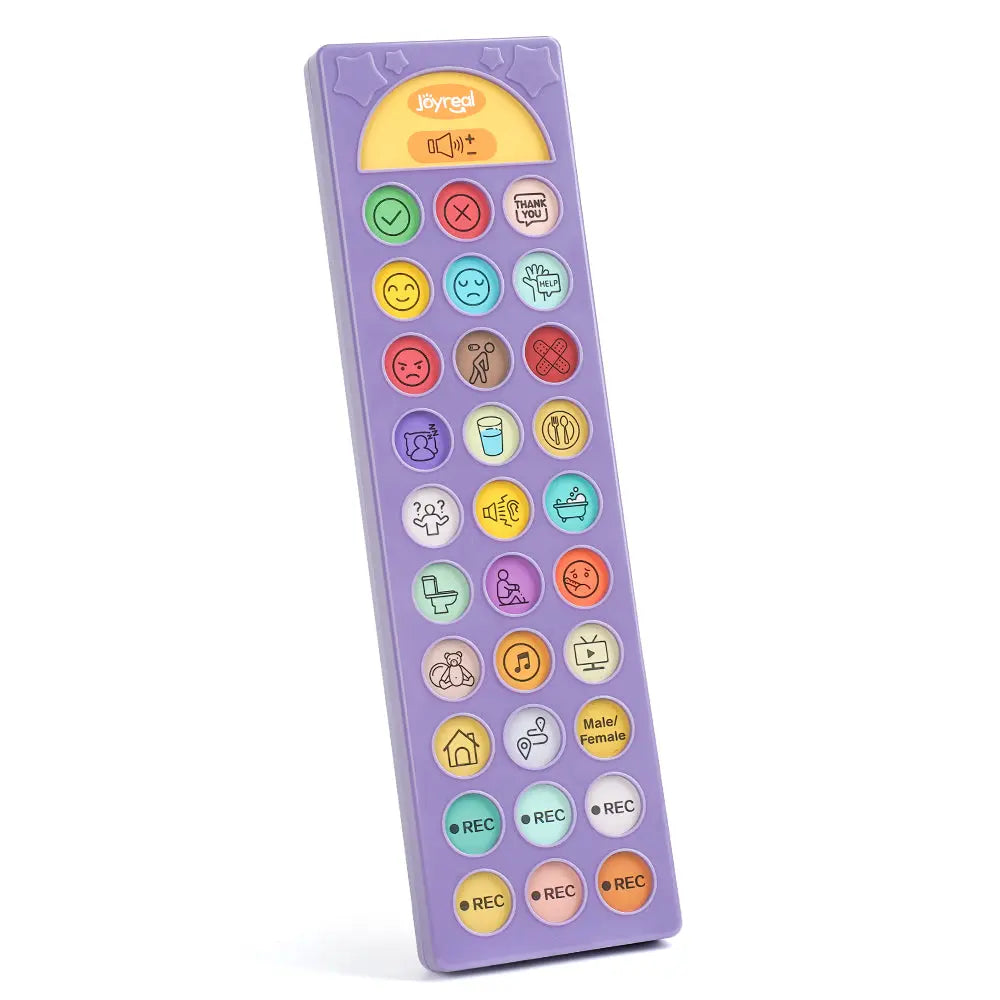How to Teach ABA Therapy at Home: A Gentle Step-by-Step Guide for Parents
What is ABA Therapy and Why It Works at Home
Applied Behavior Analysis (ABA) therapy is a scientifically backed approach used to teach new skills and modify behaviors in individuals with autism and other developmental challenges. When parents learn how to teach ABA therapy at home, they’re not only reinforcing what’s taught in clinical sessions but also creating a nurturing, familiar environment where children can thrive.
At its core, ABA focuses on understanding how behavior works, what triggers it, and how positive reinforcement can help shape meaningful change. It’s evidence-based, practical, and incredibly adaptable to home settings — where everyday routines offer countless learning opportunities.

Understanding the Core Principles of Applied Behavior Analysis (ABA)
ABA therapy revolves around one powerful concept: behavior is learned and can be changed through reinforcement.
When you reward desired behavior, the likelihood of that behavior happening again increases. Over time, this builds consistency and skill mastery.
For instance, if your child completes a puzzle and you praise them with excitement or offer a small reward, they’ll associate that success with positive emotions. Gradually, this encourages more engagement and confidence.
Why Parents Are Teaching ABA Therapy at Home
- Familiar Spaces, Better Focus
Children often feel calmer at home, which helps them stay focused. Familiar routines — meals, bath time, play — are perfect chances to practice ABA techniques without it feeling like “therapy.”
- Building Connection Through Daily Practice
Instead of being the “teacher,” you’re simply guiding your child through daily routines. Adding simple visual cues or AAC communication devices can help children point, tap, or choose words when they’re not ready to speak yet.
- Practical and Flexible
You don’t need a full therapy setup to start. A few minutes a day, consistency, and the right support — sometimes even a talking aid or a tablet-based app — can make all the difference.
Preparing for Home ABA: What Parents Can Do First
1. Set Realistic, Achievable Goals
Start with one or two small goals — for example, “use gestures to request snacks” or “say hello when someone enters.”
If your child is nonverbal or speaks very little, adding an AAC communication device (such as a simple picture board or Joyreal-style device) can give them a visual way to express needs early on.
2. Create a Calm, Predictable Space
Pick a quiet area for short, structured learning times.
Keep reinforcers (like favorite toys or snacks) and communication tools nearby. Many parents find that having the AAC device within reach encourages spontaneous communication throughout the day.
3. Learn the Basics Before You Begin
Take a short online course, or consult with a Board Certified Behavior Analyst (BCBA) for guidance.
Understanding reinforcement and prompting techniques early helps you stay confident and consistent.
Starting ABA Therapy at Home: A Gentle Step-by-Step Guide
1. Start Simple:
Begin with one short command, such as “look” or “sit.” Reward immediately when your child responds, even partially.
2. Use Natural Reinforcers:
Praise, hugs, and favorite toys are powerful motivators.
3. Add Communication Support Gradually:
If your child gets frustrated trying to speak, introduce a talking aid or simple AAC communication device.
For example, when offering juice, you can show them how to tap “juice” on the device before giving it to them.
4. Keep Track of Progress:
Use a notebook or app to jot down what works and what doesn’t.
5. Stay Consistent but Flexible:
Every child learns differently. Adjust the plan as you observe new strengths or challenges.
Practical ABA Techniques That Work Well at Home
Discrete Trial Training (DTT)
Short, focused tasks help children master one skill at a time.
Example: showing a card with “apple” and asking your child to point or select “apple” on their AAC device.
Natural Environment Teaching (NET)
Turn daily routines into learning moments — like teaching “help” or “more” during mealtime with a Joyreal AAC device or simple picture symbols.
Task Analysis and Chaining
Break complex tasks into smaller steps (e.g., “wash hands” → turn on water → wet hands → soap → rinse → dry).
Reward each successful step.
Prompt Fading
Gradually reduce verbal or physical prompts to help your child act independently.
Parent-to-Parent Tips for Success
- Be patient — progress comes in small steps.
- Use positive reinforcement often and immediately.
- Keep sessions short and fun (10–15 minutes).
- Celebrate every small success, even if it’s just one new word or gesture.
- Rotate between verbal prompts, gestures, and AAC tools to support understanding.
One parent shared:
“We started using an AAC device at home because our son couldn’t say many words yet. At first, he only pressed buttons randomly — but after a few weeks, he began tapping ‘eat’ before dinner. It was a breakthrough moment.”
Common Pitfalls to Watch Out For
- Expecting instant results.
- Skipping reinforcement or changing it too often.
- Doing long sessions that feel like pressure instead of play.
-
Forgetting to include siblings or family members in communication practice.
Combining ABA with Professional Guidance
Even when doing ABA at home, regular consultation with a BCBA or speech therapist helps fine-tune your approach.
If you’re using an AAC communication device, these professionals can show you how to model communication, expand vocabulary, and keep sessions effective.
Tracking Progress and Adjusting the Plan
Use simple logs or apps to record behavior frequency and communication milestones.
Some AAC devices, including those similar to Joyreal’s, even let you review commonly used words — helping you see which communication goals are taking root.
If a strategy isn’t working, don’t be discouraged. Modify reinforcement, change the task, or take a short break. ABA thrives on flexibility.
Conclusion: Small Steps, Big Impact
Learning how to teach ABA therapy at home isn’t about perfection — it’s about connection.
Parents don’t need professional-level setups; what matters most is patience, empathy, and daily consistency.
When paired with gentle communication supports like AAC communication devices or talking aids, children gain more ways to express themselves — and families grow stronger together.
Every small moment — a smile, a button press, a word — is progress worth celebrating.
FAQs About Teaching ABA Therapy at Home
1. Can parents really do ABA therapy without formal training?
- Yes, especially with professional support and structured plans. Many families successfully integrate ABA into daily routines.
2. Do I need to buy a device to start?
- Not necessarily — but AAC communication tools or picture boards can make early communication much easier.
3. What if my child doesn’t want to use a talking aid?
- Start small — pair the device with favorite items or activities to build positive associations.
4. How long until I see progress?
- Every child is unique, but steady, consistent teaching usually shows results within weeks.
5. Can I use AAC alongside speech practice?
- Yes. AAC supports speech — it doesn’t replace it. Children often develop verbal skills faster when communication becomes less frustrating.
6. Which AAC options work best for beginners?
- Families often start with simple, affordable tools like picture-based apps or Joyreal-style AAC devices that are easy to navigate.

Maybe it will be helpful for you:
Recent Post

What Finally Helped My Toddler Speak Up?
If you’re a toddler mom, you already know how much emotional weight...

Joyreal Christmas Toys Deals 2025
Enjoy instant savings across nearly every category, from early lear...

How Wooden Montessori Toys Support a Sustainable Childhood
Most parents don’t say it out loud, but many feel the same quiet fr...

Top Christmas Gifts to Help Kids Communicate Better This Holiday Season
The holiday season brings joy, family bonding, and endless opportun...

How to Make DIY Printable Communication Boards
Communication is at the heart of every child’s development — and fo...

Top 5 Christmas Gifts That Bring Families Closer (2025 Guide)
Christmas isn’t just about the gifts — it’s about the moments we c...

Top Musical Christmas Gifts for Toddlers & Preschoolers 2025
Why Musical Gifts Are Perfect for Toddlers and Preschoolers Music h...

Joyreal AAC Devices Wholesale Partner
In today’s educational and therapeutic environments, speech therapi...

Joyreal AAC Device – Big Sale for Autism & Speech
Every Voice Deserves to Be Heard Imagine your child looking up at y...

How to Choose Safe & Educational Toys for Christmas 2025
When “Just a Toy” Means So Much More If you’re a parent, you know t...
